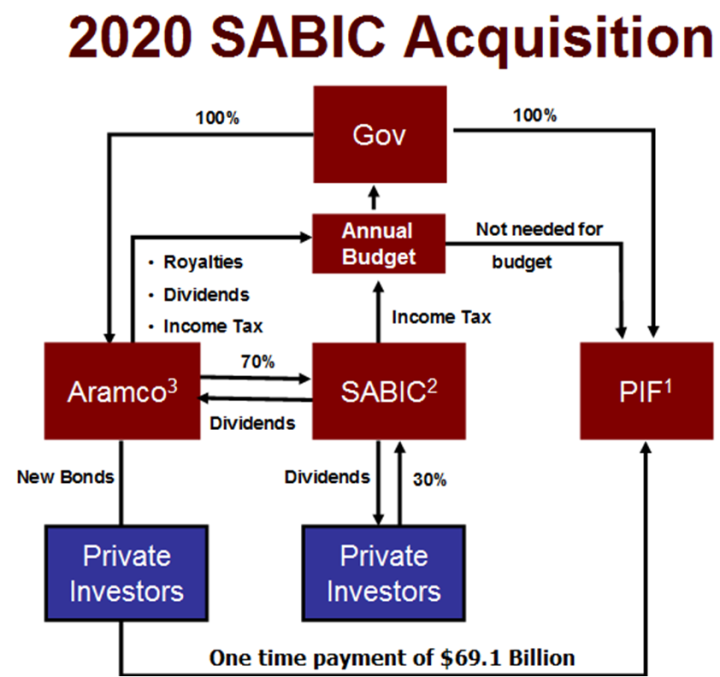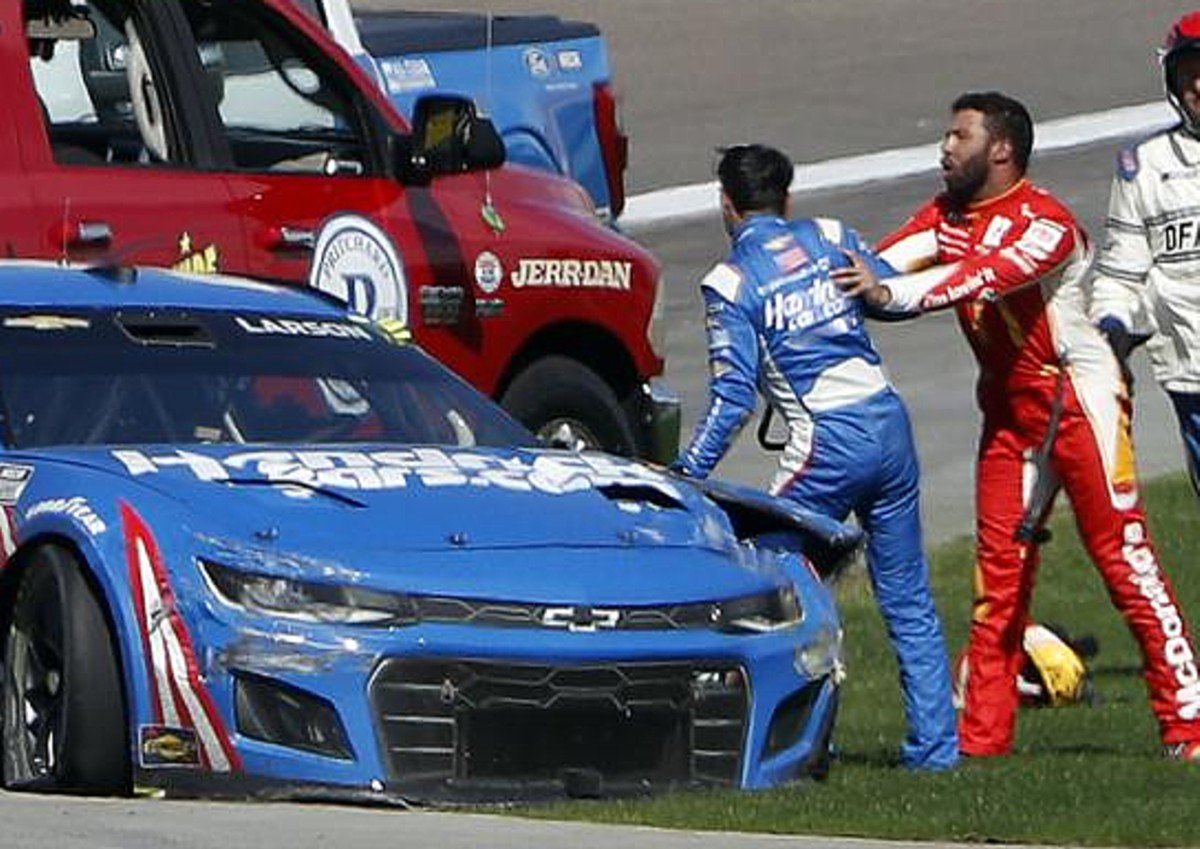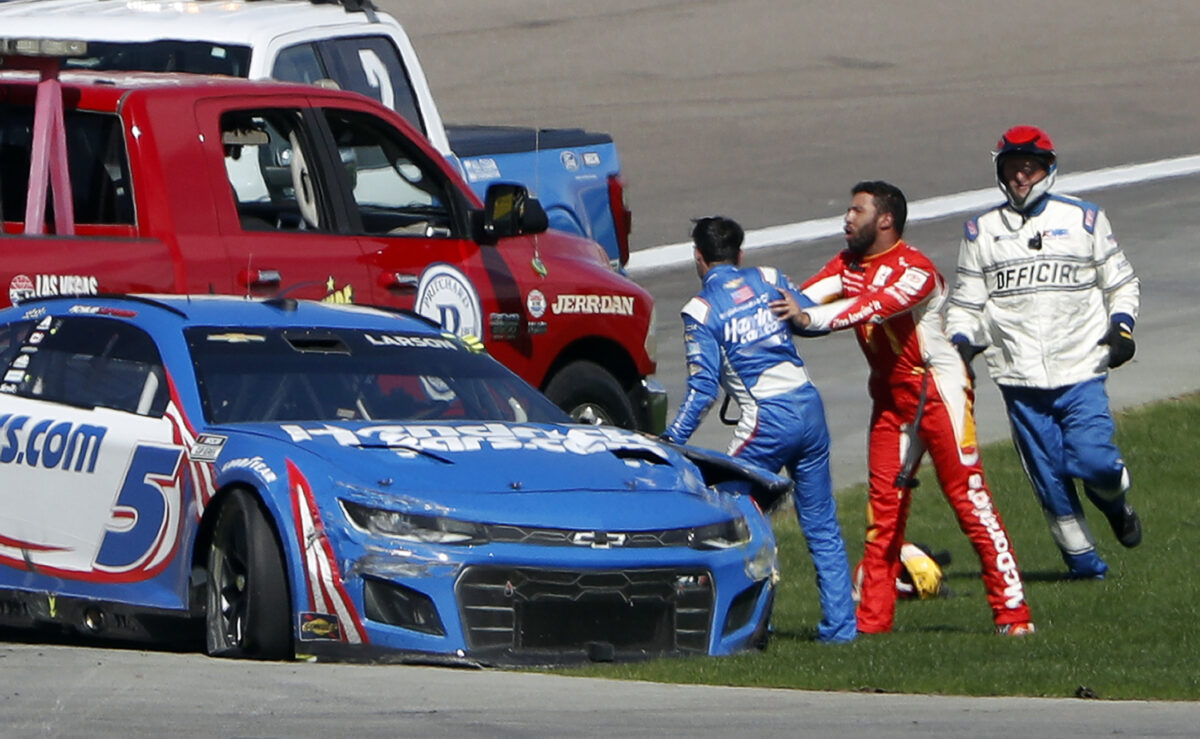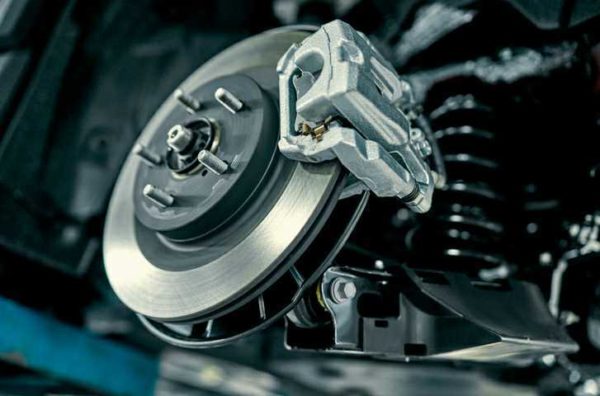Are Elon Musk's Robotaxi Promises Overblown?

Table of Contents
Elon Musk has repeatedly promised a fully autonomous robotaxi future, painting a picture of ubiquitous, affordable, and safe self-driving vehicles. This vision of summoning a driverless car at any time, anywhere, has captured the imagination of many. But are these promises realistic, or are they overblown hype? This article delves into the complexities of autonomous vehicle technology to assess the validity of Musk's claims. We'll examine the technological challenges, regulatory landscape, and potential market disruptions to determine if his vision is achievable in the near future.
Technological Hurdles to Robotaxi Implementation
The Challenges of Level 5 Autonomy
Achieving fully autonomous driving (Level 5) – the ability of a vehicle to navigate any road, in any condition, without human intervention – presents immense technological hurdles. Current self-driving systems struggle with unpredictable human behavior, often encountering edge cases that expose limitations in their programming.
- Unpredictable pedestrian actions: People don't always follow traffic rules precisely, creating unpredictable situations for autonomous vehicles. A child darting into the street or a pedestrian jaywalking unexpectedly can be difficult for even the most advanced AI to handle safely.
- Difficulty navigating construction zones: Construction sites are dynamic environments with constantly changing obstacles, making it challenging for self-driving systems to accurately map and navigate these areas.
- Handling extreme weather conditions: Heavy rain, snow, fog, and ice significantly impair the performance of sensors like cameras and lidar, leading to decreased visibility and potentially dangerous situations.
- Limitations of sensor technology: Current sensor technology, while improving rapidly, still faces limitations in range, accuracy, and reliability, especially in complex or challenging environments.
Software and AI Limitations
The software and AI powering autonomous vehicles are constantly evolving, but significant limitations remain. Creating truly reliable self-driving systems requires overcoming several key challenges.
- Data bias in training sets: The datasets used to train AI algorithms can contain biases, leading to inconsistent or unsafe behavior in certain situations. Addressing these biases is crucial for improving the reliability and safety of autonomous vehicles.
- Limitations of current AI in handling unexpected situations: AI algorithms struggle to generalize from training data and often fail to handle unexpected or unusual situations effectively.
- Need for continuous software updates and improvements: Autonomous vehicle software requires continuous updates and improvements to address newly discovered bugs, improve performance, and adapt to changing environments.
Sensor Technology and Reliability
Autonomous vehicles rely heavily on a suite of sensors, including lidar, radar, and cameras, to perceive their surroundings. However, each sensor has its limitations.
- Cost of LiDAR systems: LiDAR technology, while highly accurate, remains expensive, hindering its widespread adoption in autonomous vehicles.
- Limitations of camera vision in low-light or adverse weather: Cameras struggle in low-light conditions and adverse weather, reducing their effectiveness and increasing the risk of accidents.
- The need for sensor fusion and redundancy: To overcome the limitations of individual sensors, autonomous vehicles rely on sensor fusion – combining data from multiple sensors – and redundancy, ensuring that the system can function even if one sensor fails.
Regulatory and Legal Challenges for Robotaxis
Deploying robotaxis requires navigating a complex regulatory landscape and addressing significant legal challenges.
Liability and Insurance
One of the biggest challenges is determining liability in the event of an accident involving an autonomous vehicle.
- Determining fault in accidents: Establishing responsibility in accidents involving autonomous vehicles is complex, requiring detailed investigation and potentially challenging existing legal frameworks.
- Insurance coverage for self-driving cars: Insuring autonomous vehicles requires new insurance models and policies that address the unique risks associated with self-driving technology.
- Establishing legal frameworks for autonomous vehicle operation: Governments worldwide are developing regulations and legal frameworks to govern the operation of autonomous vehicles, ensuring safety and addressing liability issues.
Safety Regulations and Testing Procedures
Before robotaxis can be deployed widely, they must undergo rigorous safety testing and meet stringent regulatory requirements.
- Government regulations concerning autonomous vehicle testing, safety standards, and deployment: Regulations vary widely across countries and jurisdictions, creating challenges for companies seeking to deploy robotaxis globally.
- The need for comprehensive safety testing procedures: Developing robust testing procedures to ensure the safety and reliability of autonomous vehicles is critical before widespread deployment.
Data Privacy Concerns
Autonomous vehicles collect vast amounts of data about their surroundings and their operation, raising significant data privacy concerns.
- Data collection and storage: Autonomous vehicles collect data on location, speed, driving behavior, and potentially even passenger information.
- Data security: Protecting this data from unauthorized access and misuse is critical.
- Compliance with data privacy regulations (GDPR, CCPA): Autonomous vehicle operators must comply with various data privacy regulations, ensuring that data is collected and used responsibly.
Market Factors and Economic Viability of Robotaxis
The economic viability and market acceptance of robotaxis face several key challenges.
Cost of Development and Deployment
Developing, testing, and deploying a fully functioning robotaxi system requires massive investment.
- Research and development costs: Significant investment is needed for research and development, software development, and sensor technology.
- Manufacturing costs: The production of autonomous vehicles involves high manufacturing costs, potentially impacting affordability.
- Infrastructure requirements (charging stations, network connectivity): Widespread adoption of robotaxis requires significant investment in supporting infrastructure, including charging stations and robust network connectivity.
Consumer Adoption and Acceptance
Public acceptance and trust are crucial for the success of robotaxis.
- Safety concerns: Many people remain hesitant about the safety of autonomous vehicles.
- Perceived lack of control: The lack of direct control over the vehicle can be unsettling for some passengers.
- Cost of service compared to traditional taxis or ride-sharing: The cost of robotaxi services needs to be competitive with existing options to attract customers.
- Concerns about job displacement: The potential displacement of taxi and ride-sharing drivers is a significant concern.
Competition in the Autonomous Vehicle Market
The autonomous vehicle market is highly competitive, with numerous companies vying for market share.
- Competition from established automakers, technology companies, and startups: The race to develop and deploy fully autonomous vehicles is fierce, with significant competition from various players.
- The potential for consolidation in the market: The market may eventually consolidate, with a few dominant players emerging.
Conclusion
Elon Musk's vision of a widespread robotaxi network is undeniably ambitious. While significant progress is being made in autonomous vehicle technology, numerous technological, regulatory, and market-related challenges remain. The path to a fully realized robotaxi future is likely to be longer and more complex than initially anticipated. Achieving widespread adoption will require overcoming substantial hurdles in software reliability, safety regulations, public acceptance, and economic viability. Further research and development, coupled with a clear and effective regulatory framework, are crucial to determining whether Musk's robotaxi promises are ultimately achievable or simply overblown. Continue to follow the developments in the self-driving car industry to stay informed about the future of robotaxis and whether they will live up to the hype.

Featured Posts
-
 Perplexitys Potential Chrome Acquisition A Realistic Scenario If Google Divests
Apr 25, 2025
Perplexitys Potential Chrome Acquisition A Realistic Scenario If Google Divests
Apr 25, 2025 -
 Vf L Bochum At Bayern Munich Preview And Predicted Result
Apr 25, 2025
Vf L Bochum At Bayern Munich Preview And Predicted Result
Apr 25, 2025 -
 Chinas Potential Lifting Of Sanctions Against European Parliamentarians
Apr 25, 2025
Chinas Potential Lifting Of Sanctions Against European Parliamentarians
Apr 25, 2025 -
 Why You Need A Lawyer After A Car Accident
Apr 25, 2025
Why You Need A Lawyer After A Car Accident
Apr 25, 2025 -
 Living In The Age Of You Tube Influence And Implications
Apr 25, 2025
Living In The Age Of You Tube Influence And Implications
Apr 25, 2025
Latest Posts
-
 Phoenix Race Bubba Wallaces Crash Attributed To Brake Failure
Apr 28, 2025
Phoenix Race Bubba Wallaces Crash Attributed To Brake Failure
Apr 28, 2025 -
 Bubba Wallace Involved In Nascar Phoenix Crash Due To Brake Problems
Apr 28, 2025
Bubba Wallace Involved In Nascar Phoenix Crash Due To Brake Problems
Apr 28, 2025 -
 Brake Issues Cause Bubba Wallace To Crash At Phoenix Raceway
Apr 28, 2025
Brake Issues Cause Bubba Wallace To Crash At Phoenix Raceway
Apr 28, 2025 -
 Nascar Phoenix Bubba Wallace Suffers Brake Failure Crashes
Apr 28, 2025
Nascar Phoenix Bubba Wallace Suffers Brake Failure Crashes
Apr 28, 2025 -
 Bubba Wallaces Phoenix Crash Brake Failure Causes Wall Impact
Apr 28, 2025
Bubba Wallaces Phoenix Crash Brake Failure Causes Wall Impact
Apr 28, 2025
